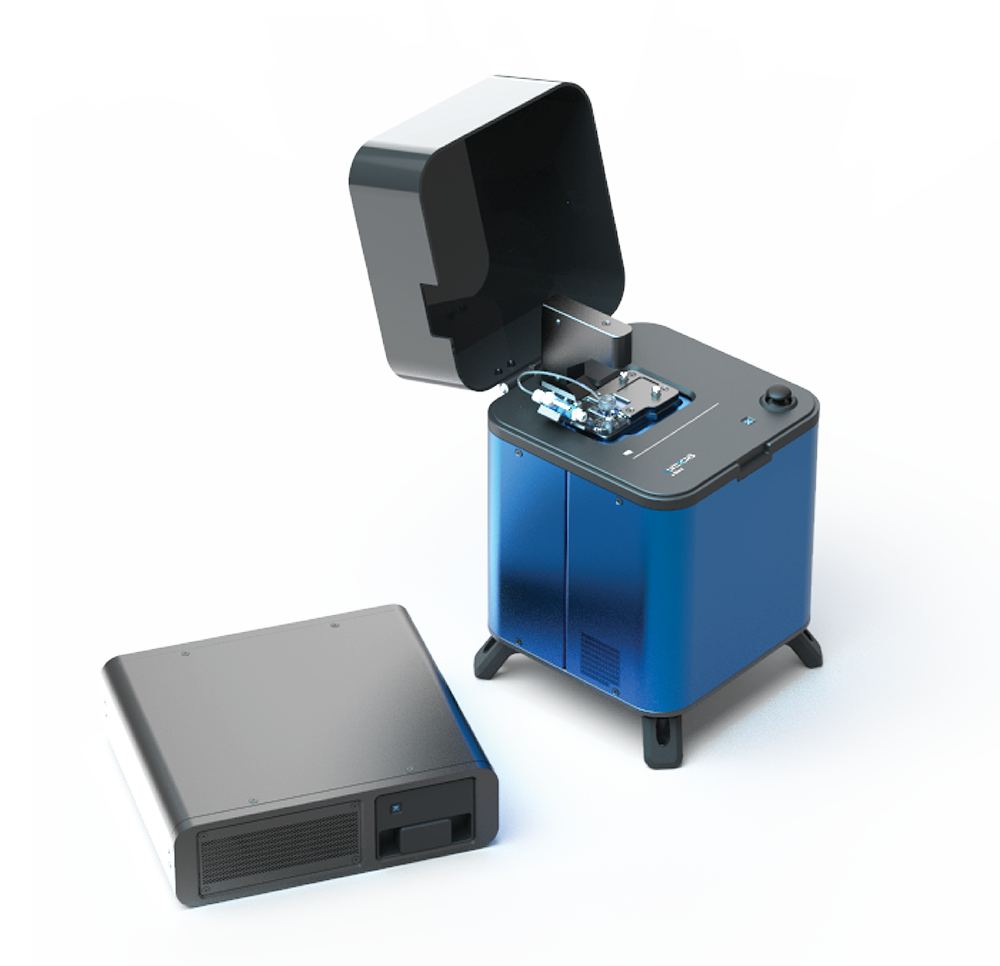We are proud to announce the first publication showing results from cell–cell interaction measurements using the z-Movi® Cell Avidity Analyzer! In the study, Fernández de Larrea et al. demonstrate how cell avidity between CAR T cells and target multiple myeloma cell lines correlated with in vivo results. Notably, the cell avidity measurements were superior predictors of CAR T cell efficacy compared with conventional cytotoxicity assays.
While showing how simultaneously targeting two known antigens in myeloma cells can mitigate escape-mediated relapse, the study validates the predictability of avidity on CAR T cell efficacy.
B-cell maturation antigen (BCMA) is a common immunotherapeutic target against multiple myeloma, but patients often relapse due to reservoirs of myeloma cells lacking the antigen. Targeting additional antigens can hence improve the response in these patients. An example is the plasma cell-specific antigen G protein-coupled receptor class-C group-5 member-D (GPRC5D), which is an attractive target for immunotherapeutic treatment.
To evaluate the efficacy of dual targeting (BCMA and GPRC5D), the researchers in this study compared different CAR T-cell strategies. To this aim, they performed CAR-mediated dual targeting with either a pool of mono-targeted CAR T cells, a bicistronic construct expressing both CARs, or a so-called single-stalk (or tandem) CAR construct.
Evaluation of a xenograft model of multiple myeloma showed that the bicistronic approach was the most effective strategy for targeting cancer cells both in the absence of BCMA or the presence of the two antigens.
Interestingly, while cytotoxicity assays were unable to recapitulate the in vivo findings, cell avidity measurements correlated with the observed findings from the xenografts. The z-Movi measured stronger interactions between bicistronic CAR T cells and antigen-presenting cells (containing both antigens) compared with mono-targeted CAR T cells.
“We speculate that the enhanced avidity correlating with enhanced in vivo efficacy with the bicistronic construct may result from access to a greater number and/or diversity of antigens; although further experimentation to elucidate the exact mechanism is required,” the authors concluded.
These findings nicely validate the reliability of the z-Movi in identifying clinical candidates that can enhance the immunotherapeutic targeting of cancer cells.
For more information, read the full article published in the journal Blood Cancer Discovery titled “Defining an Optimal Dual-Targeted CAR T-cell Therapy Approach Simultaneously Targeting BCMA and GPRC5D to Prevent BCMA Escape-Driven Relapse in Multiple Myeloma”.
Are you interested in measuring cellular binding strength with the z-Movi? Feel free to contact us for more information, a demo, or a quote.




